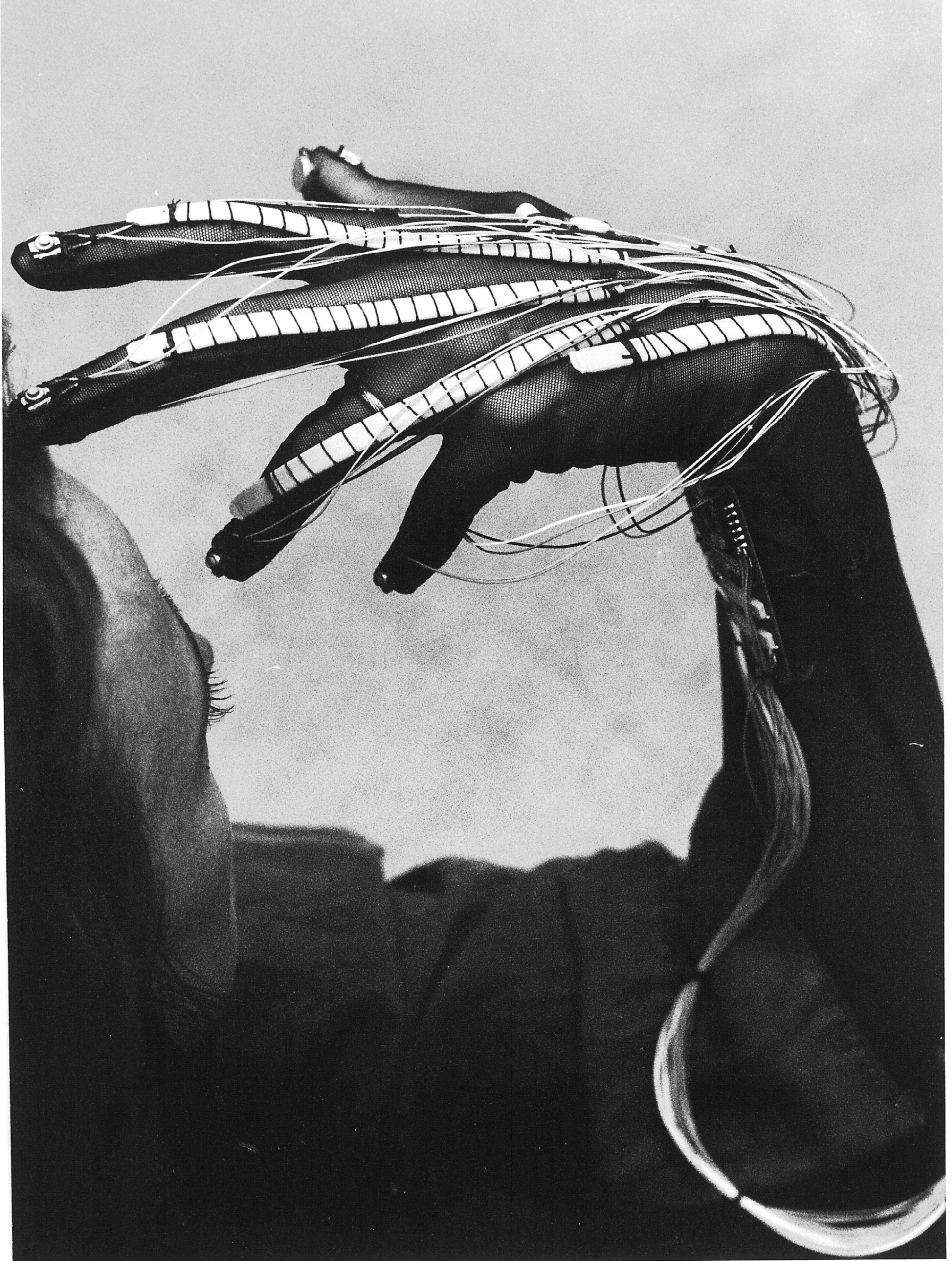
The exhibition offers an immersive journey through the history of algorithmic thinking and music. 2024 EPFL/Julien Gremaud - CC-BY-SA 4.0
On view at EPFL Pavilions, the exhibition Musica ex Machina: Machines Thinking Musically offers an immersive journey through the incredible history of algorithmic thinking and music.
From the medieval period to the era of artificial intelligence, the Musica ex Machina exhibition that just opened at EPFL Pavilions celebrates the achievements of visionary figures who, across centuries, have redefined the way music is conceived, composed, and performed through the technologies of their time. It is a celebration of musical innovation, paying tribute to those who have pushed the boundaries of their art by incorporating computational thinking and machines, and an invitation to reflect on what the future holds in a world where technology and music are increasingly intertwined.
The exhibition was initiated by two EPFL professors, Sarah Kenderdine from the Laboratory for Experimental Museology (eM+) and Martin Rohrmeier from the Digital and Cognitive Musicology Laboratory (DCML), with professors Paul Doornbusch and Jonathan Impett, world-renowned for their musical research. Musica ex Machina is now on view at EPFL until 29 June 2025.

Music and algorithms: an ancient history
While algorithms today are inseparable from computing and digital technologies, their history spans several centuries. The exhibition shows that long before the advent of computers, composers and music theorists were inspired by mathematical structures and logical rules to formalise their art.
In the Middle Ages the evolution of musical notation and symbolic representation laid the foundations of modern music. These advances paved the way for more complex compositions, notably polyphonic ones, superimposing multiple melodies according to precise algorithmic and harmonic rules. The journey continues from early examples of automata in the 18th century to modern computing and AI, passing through atonal music and the avant-garde electronic music of the 20th century.
The exhibition also explores non-Western musical traditions that use algorithmic and procedural elements, such as Indonesian gamelan, Central African music, or North Indian rāga. These traditions remind us that algorithmic thinking is universal and intrinsic to many musical cultures worldwide.
Adventurous and visionary figures
Throughout this chronological journey, Musica ex Machina pays tribute to visionary individuals who have marked the history of music. It notably highlights the contributions of Guido d'Arezzo, the musician who laid the bases of modern music notation, Leonhard Euler, a pioneer in applying mathematical concepts to music theory, Ada Lovelace, the precursor of computer programming, or Karlheinz Stockhausen, a leader in electronic music.

The impact of technology on musical creation
The exhibition also explores the links between technological innovations and new forms of musical expression. From early attempts to codify sounds to the invention of the phonograph, each innovation has expanded composers' creative possibilities.
The role of electronic instruments is also included, from mechanical pianolas and automated instruments to modular synthesizers and computers. Several of these instruments are on display, while a contemporary example of a digital mechanical piano, at the centre of the exhibition, plays complex algorithmic compositions, at times beyond human physical limits.
With AI, music enters a new era. Machines' ability to analyse millions of data points and compose autonomously raises questions about the very nature of artistic creation. Musica ex Machina presents works that exploit these technologies to explore the extraordinary possibilities they offer while questioning the role of humans in the creative process.
Unique installations from EPFL Laboratories
Throughout the exhibition, the public is given the opportunity to listen to a curated selection of works that have marked the long history of algorithmic thinking in music. Played through recordings, digital visualisations, or videos, these pieces allow visitors to fully appreciate their innovative and unique force. Two installations presented in the exhibition come directly from EPFL laboratories. The first, developed by DCML, illustrates the different forms of complexity in Western musical traditions through four digital visualizations. The second, developed eM+, allows visitors to explore the archives of composer, architect, and mathematician Iannis Xenakis using an interactive linear navigator 12 meters long.







